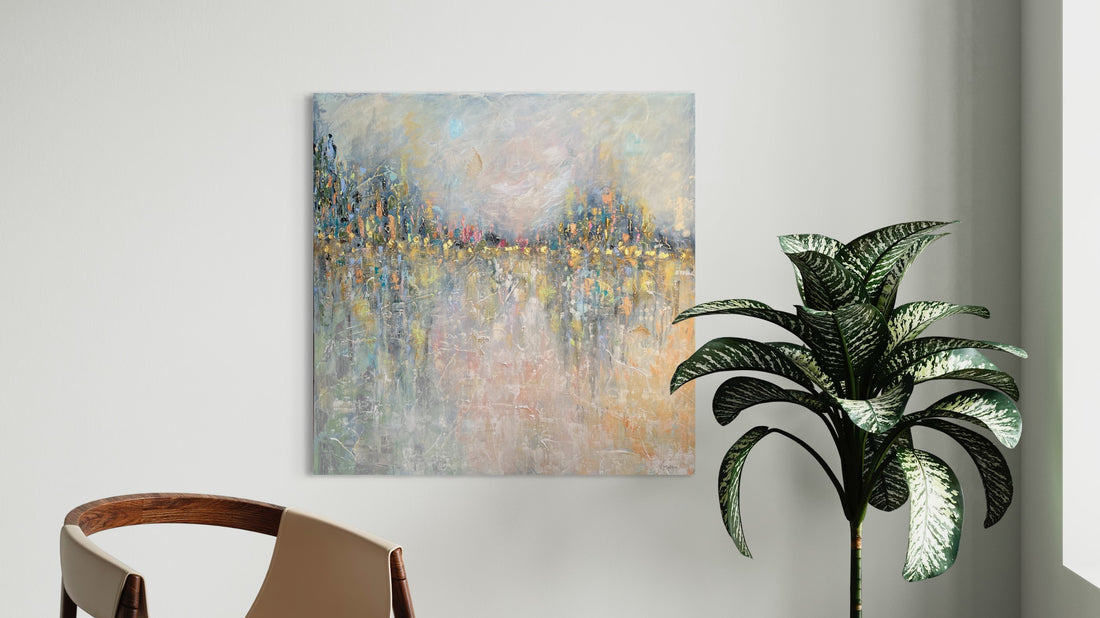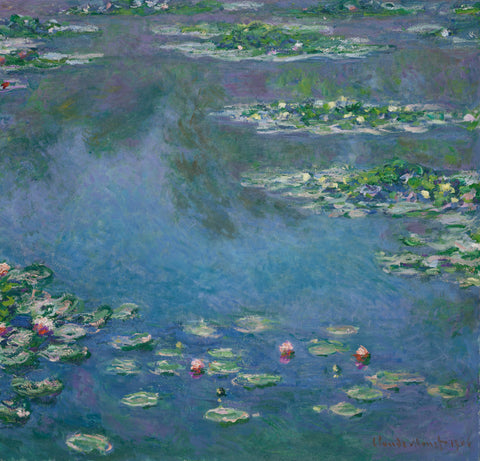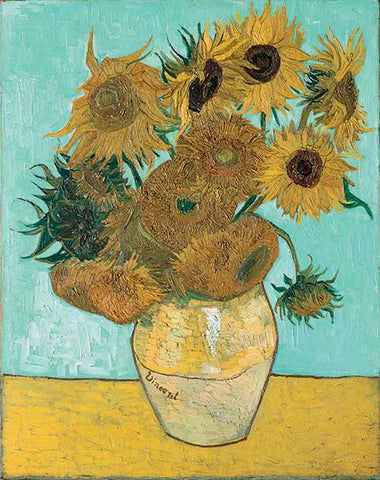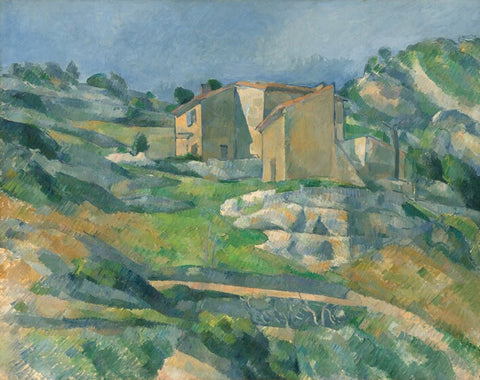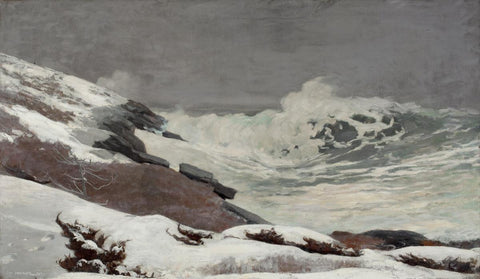For me, nature is a stunning creation of God, constantly inspiring me with its ever-changing beauty. Whenever I find myself in a rut or lacking inspiration, going for a hike or walk in one of Middle Tennessee's beautiful parks always sparks my creativity. My abstract landscape paintings aim to transport viewers to a calm and peaceful place, while leaving them with a sense of hope and joy.
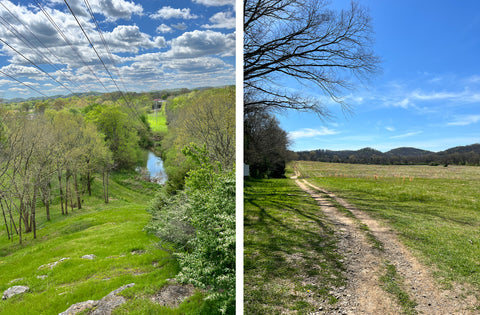
Fort Granger Park & Marcella Vivrette Smith Park in Franklin, TN
Art and nature have shared an intimate relationship throughout history, with artists drawing inspiration from the beauty and majesty of the natural world to create masterpieces that resonate across generations. In this blog post, I will delve into the timeless connection between art and nature, exploring how master artists of the past have been inspired by the landscapes, flora, and fauna around them, and how they have depicted it in various painting mediums.
The Beauty of Landscape Painting
Landscape painting has long been a favored genre among artists, providing a canvas to capture the awe-inspiring vistas and serene scenes of nature. Masters such as Claude Monet, known for his iconic series of water lilies, and Vincent van Gogh, renowned for his vibrant depictions of sunflowers and starry nights, immortalized the beauty of nature through their brushstrokes. These paintings not only showcase the artists' technical skill but also evoke a sense of wonder and reverence for the natural world.
Claude Monet, Water Lilies (1906)
Vincent van Gogh, Sunflowers (1888)
Nature's Influence on Abstract Masters
Master abstract painters of the past were deeply inspired by nature, infusing their works with its essence in unconventional ways. Wassily Kandinsky, known as the father of abstract art, translated the harmony and rhythm of nature into vibrant, non-representational compositions. While his work may not always directly resemble natural scenes, it's often inspired by his observations of the natural world. Similarly, nature's influence on Paul Cezanne's art was profound, shaping his revolutionary approach to form and color. His intense study of landscapes and still lifes led to a synthesis of geometric shapes and vibrant hues, capturing the essence of nature's complexity and beauty with a distinctive, timeless style.
Wassily Kandinsky, Yellow-Red-Blue (1925)Paul Cézanne, Houses in Provence: The Riaux Valley near L'Estaque (1883)
Capturing the Essence of Seasons
The changing seasons have long been a source of inspiration for artists, who seek to capture the fleeting beauty of spring blossoms, summer sunsets, autumn foliage, and winter landscapes. J.M.W. Turner's atmospheric seascapes, for example, beautifully convey the mood and atmosphere of different seasons, while Winslow Homer's snowy landscapes evoke a sense of tranquility and isolation. Through their paintings, these artists invite viewers to experience the passing of time and the cyclical rhythms of nature.
J.M.W.Turner, Staffa, Fingal's Cave (1831-2)Winslow Homer, Coast in Winter (1892)
The Influence of Nature on Artistic Movements
Nature has not only served as a subject for artists but has also played a significant role in shaping artistic movements throughout history. The Impressionists, for instance, were deeply influenced by the play of light and color in nature, seeking to capture the fleeting effects of sunlight and atmosphere in their paintings. Similarly, the Romantics celebrated the sublime power of nature, depicting awe-inspiring landscapes that stirred the soul.
Conclusion
In conclusion, the connection between art and nature is a timeless one, with master artists of the past drawing inspiration from the beauty and significance of the natural world. Through landscape paintings, floral still lifes, and depictions of seasons, these artists have celebrated the majesty of nature and invited viewers to contemplate its wonders. As we continue to navigate an increasingly urbanized world, the importance of preserving and cherishing the natural world depicted in these masterpieces becomes ever more apparent. Let us continue to draw inspiration from nature and honor its beauty through art for generations to come.

